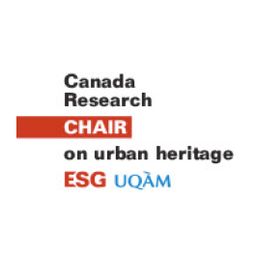16.00 Industrial Remains to Industrial Heritage—Heritage Production in Booming Cities: A Critical Analysis of Waterfront Industrial Area Conservation Process in Shanghai
Mon statut pour la session
Shanghai, as a typical booming city in Asia, is one of the biggest metropolises and the eldest city under the industrialization process in China. And during the last thirty years of open policy, Shanghai has become one of the most vital metropolises again. The city is booming constantly while the manufacturing industries have been upgraded. On the other hand, the adaptive reuse and conservation of historic buildings has been regarded as an important strategy for urban regeneration and development in Shanghai. However, conceptually, historic industrial buildings are not regarded as nearly important as the other types.
The former industrial waterfront has been undergoing a long process of urban regeneration in the last decade, which is also combined with the conceptual construction of industrial heritage in China. With the wider context of industrial heritage conservation research and practice in China, the regeneration process of the waterfront area in Shanghai is a typical sample that allows us to understand contemporary Chinese heritage production with different concepts and stakeholders in booming cities.
Along the two major waterways, Huangpu river and Suzhou creek, there are many industrial areas dotted with important structures and buildings. Yangtzepu (杨树浦) industrial area is the most important origin of the industrialization of Shanghai, which witnessed the history of the modern industrial development of Shanghai. Containing the most typical industrial heritage from that period, the Yangzepu area is considered as an Industrial Heritage Area. There are several projects that have taken place in the past thirteen years, that were intended to reactivate this area. The practice in the Westbund area represents another approach to the former industrial area, with a strong focus on public cultural events and a biennial.
Based on the in-depth research of local policies on conservation, industries, housing, the social security system, urban planning policy and current practice in these two former industrial waterfront areas, this paper will explore the concepts of industrial heritage with the different stakeholders and their roles and contribution in the conservation and heritage production process. Through the analysis of the heritage production process of Shanghai’s industrial past, this paper will raise the argument that industrial heritage is not only a crucial medium for the conservation practice to expand the horizons of heritage concepts, but that conservation practices can challenge the understanding of value of everyday life as well.

Discussion